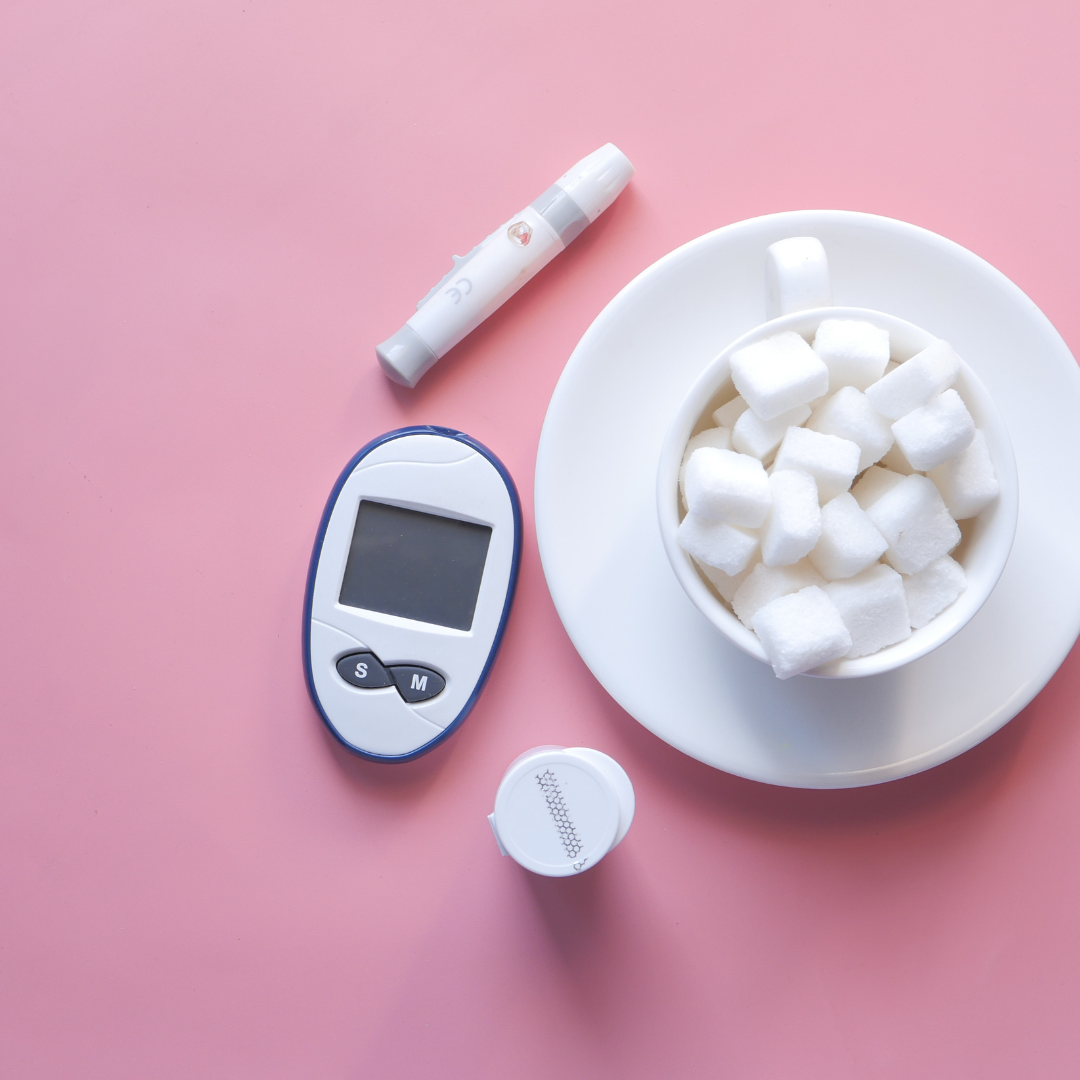LED masks are a breakthrough solution in at-home skin care. By using different wavelengths of light – such as red light to stimulate collagen production and blue light to fight acne – you can customize your treatment to your unique needs. Read on to discover the difference between LED masks and find the solution that will renew your skin, reduce acne and minimize wrinkles. Take the step towards healthier skin today!
What is an LED mask?
An LED mask is a skin care device that uses light-emitting diode technology to emit different wavelengths of light to the skin. These lights can penetrate the skin layers and stimulate cellular processes that promote skin renewal, reduce signs of aging, and treat various skin problems such as acne.
Do LED face masks really work?
Many people wonder if LED face masks actually deliver the promised results. Research suggests that LED light therapy may be effective for a variety of skin concerns.
A study published in Dermatologic Surgery (2007) showed that red LED light can stimulate collagen production and improve skin elasticity, resulting in a reduced appearance of wrinkles and fine lines [^1] . Blue LED light has been shown to be effective against acne by eliminating acne-causing bacteria on the skin's surface [^2] .
It is important to note that results may vary depending on factors such as skin type, frequency of treatment, and the quality of the device. LED light therapy is not a miracle cure, but can be a valuable addition to a comprehensive skincare routine.
LED Silicone Mask – Light therapy for skin renewal and vitality
Several studies show that red LED light can stimulate collagen production and improve skin elasticity. For those who want an LED mask with infrared light that has multiple functions, the LED Silicone Mask is an option that combines red, blue and infrared light for a more targeted treatment.
Do dermatologists recommend LED face masks?
Many dermatologists and skin care professionals recognize the benefits of LED light therapy and include it in their treatments. According to the American Academy of Dermatology, LED light therapy can be helpful in reducing inflammation and increasing collagen production[^3].
Dermatologists often recommend LED facial masks as part of at-home treatments, especially for patients who want to maintain the results of in-clinic treatments. However, it is important to consult a professional before starting any new skincare regimen, especially if you have underlying skin conditions.
Is it okay to use LED face mask every day?
LED face masks are generally safe for daily use. Most manufacturers recommend using them for 10-20 minutes per day, depending on the strength and specifications of the mask. Daily use can help achieve faster and more visible results.
It is important to follow the manufacturer's instructions carefully. Excessive use may cause skin irritation in some individuals. If you experience redness, irritation or discomfort, you should reduce use and possibly consult a dermatologist.
Who should not use LED masks?
Although LED light therapy is generally safe, there are some groups who should exercise caution:
- Pregnant and breastfeeding women: There is limited research on the effects of LED light therapy during pregnancy and breastfeeding, so it is recommended to consult a doctor before use.
- People with photosensitive conditions: If you have a skin condition that makes you extra sensitive to light (such as lupus) or are taking medications that increase photosensitivity, you should avoid LED light therapy.
- People with epilepsy: Although most LED masks do not emit flashing lights, it is best to exercise caution and consult a doctor.
How long does it take to see results from an LED mask?
The time frame to see visible results may vary.
- Some people experience visible improvements after 2–4 weeks
-
Full effect is often seen after 8–12 weeks
Factors that affect results include:
- Skin type and condition: People with milder skin problems may experience faster improvements.
- Frequency of use: Regular and consistent use yields better results.
- Quality of the mask: Higher quality of the device can affect its effectiveness.
Patience is key. It is important to use the mask consistently over time to achieve and maintain the best results.
Benefits of LED Silicone Mask
Combining light therapy with comfort, this mask is designed to relieve fatigue, improve skin radiance, and restore vitality.
- Flexible silicone material: Provides a comfortable fit and maximum contact with the skin.
- Multiple light settings: Includes red, blue, yellow, green and infrared light to target different skin concerns.
- Easy to use: Adjustable levels allow you to customize the treatment to your needs.
How can this mask help you?
- Reduce signs of aging: Red light stimulates collagen production, which can reduce wrinkles and improve skin elasticity.
- Fight acne: Blue light helps eliminate bacteria that cause acne.
- Improve skin tone: Green and yellow light can reduce pigmentation and even out skin tone.
- Increase skin vitality: Infrared light penetrates deeply into the skin and promotes cell renewal and blood circulation.
How to use LED Silicone Mask
- Cleanse skin thoroughly before use to ensure maximum effect.
- Place the mask over your face and adjust the straps for a comfortable fit.
- Choose the desired light setting based on your skin needs.
- Leave the mask on for 10–20 minutes, depending on the setting chosen.
- Follow with your regular skincare routine to enhance results.
By integrating this mask into your daily routine, you can achieve a healthier and more radiant skin tone.
Final thoughts
Red and blue LED skin light represents an exciting development in home-based skin care. By understanding how they work and what they can offer, you can make an informed choice about which mask is best for your needs.
Which LED mask should you choose?
- For anti-aging and wrinkles: Choose a red light mask
- For acne and blemishes: Blue light is most effective
-
For sensitive skin: Look for masks with infrared light for cell renewal
Remember to be consistent in use and patient with results. Consult a dermatologist if you have specific concerns or underlying skin conditions.
Sources
[^1]: Lee SY, Park KH, Choi JW, Kwon JK, Lee DR, Shin MS, Lee JS, You CE, Park MY. A prospective, randomized, placebo-controlled, double-blinded, and split-face clinical study on LED phototherapy for skin rejuvenation: clinical, profilometric, histologic, ultrastructural, and biochemical evaluations and comparison of three different treatment settings. J Photochem Photobiol B. 2007 Jul 27;88(1):51-67. doi: 10.1016/j.jphotobiol.2007.04.008 . Epub 2007 May 1. PMID: 17566756.
[^2]: Hession MT, Markova A, Graber EM. A review of hand-held, home-use cosmetic laser and light devices. Dermatol Surg. 2015 Mar;41(3):307-20. doi: 10.1097/DSS.0000000000000283 . PMID: 25705949.
[^3]: American Academy of Dermatology Association. (nd). Light therapy (phototherapy). Retrieved from aad.org
Disclaimer: The information in this article is not intended to replace professional medical advice. Please consult a qualified healthcare professional before starting any new skin care regimen.






